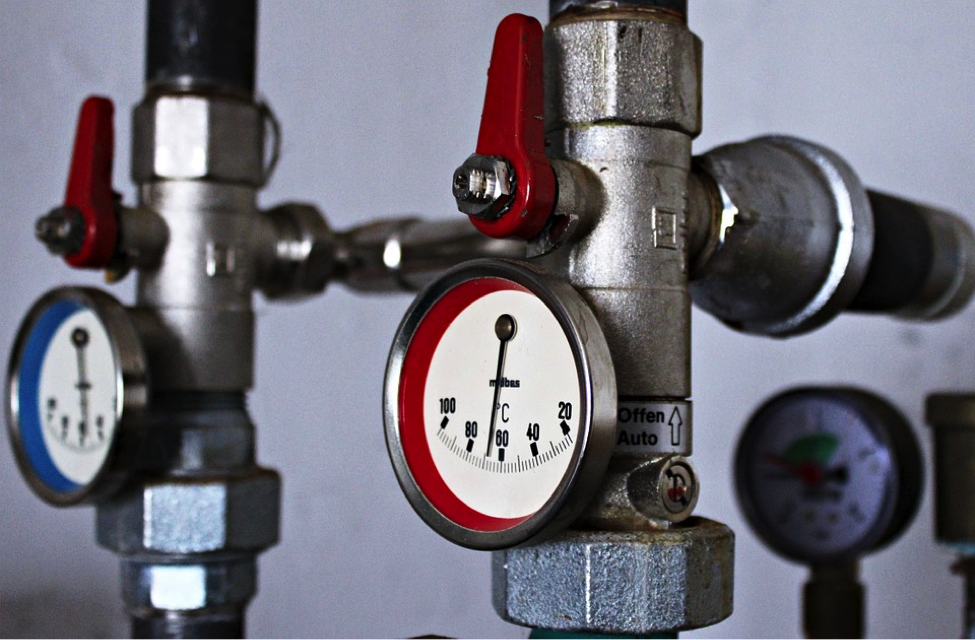Metal or plating finishing is the method of placing a metal coating on material, for example, zinc, nickel, silver, gold, or chrome. Plating enhances or boosts the look, wearability, hardness, and corrosion resistance of parts.
The generally known plating methods are electroless plating and electroplating. Electroless plating is, for the most part, a chemical process that depends on the existence of a reductant or reducers like sodium hypophosphite that responds with metal ions to put metal on metal or plastic parts.
On the other hand, electroplating utilizes an electric current to minimize dissolved metal cations to cover an electrode. Also, it’s mainly used to alter the surface attributes of metal parts. In both processes, parts are submerged into a series of baths or plating tanks that polish, engrave, plate, and wash coated parts to a standard of workmanship.
Plating tanks or baths are usually fiberglasses, plastic, open-top, and rectangular, and it can have at least 30 tanks in one line. Parts are automatically or manually moved, raised, lowered, and lifted from one tank to another, relying upon the plating system.
Therefore, plating tanks plus the required space for parts movement and dipping are often busy, crowded environments. The prerequisite for this application is to oversee the liquid level, making certain that the tank levels are kept in an almost full state with parts displacement and without parts displacement.
Technology
A high-frequency, short-duration ultrasonic sound wave is boosted or increased at least four times for each second from the transducer’s face. The ultrasonic sound wave reflects off the liquid’s surface and goes back to the transducer.
The flow meter calculates the time of flight between the receipt and sound generation and interprets it into the distance between the liquid surface and the transducer face. Then, the distance is translated or converted into a measured span percentage and result as a 4-20 mA signal proportionate.
Leading Practices
The mounted ultrasonic flow meter should have an evident view of the surface of the liquid. By that we mean, the space under the flow meter must be free of any barriers, for example, submersible heaters, walls, fittings, or pipes within the tank.
The flow meter should be placed over the towering liquid level. Keep in mind to never submerged during the operation. Also, clear of apparatus or parts moving outside and inside the tanks.
Usually, it translates into the flow meter being situated next to the tank’s sidewall. Sometimes, plating tanks are heated, resulting in the buildup of water droplets on the device that can, for the most part, influence receipt and acoustic transmission.
Nevertheless, choose a flow meter with a powerful, longer measurement range, and implement an extremely thin layer of water repellant or petroleum jelly all over the transducer face. There might be small patches of surface foam relying upon the amount of agitation and chemicals.
Foam digests or take in the acoustic signal and can minimize or lessen the effective measurement range of the ultrasonic flow meter. Where foam appears, the flow meter must be mounted in a stand-pipe to disconnect the surface foam from the measurement.
Installation and Equipment
In applying the ultrasonic level sensor in plating tanks, the flow meter is usually installed on a stand-pipe or bracket. Look for a mounting place where the flow meter has a straightforward sight of the liquid all over the whole measurement span.
Moreover, the mounting location should be accessible, level to the liquid, and flat. The following apparatus can be, for the most part, utilized to install the flow meter.
- Side Mount Bracket. This equipment can be utilized to install the flow meter against the tank’s sidewall or an opening space throughout the tank.
- Stand-Pipe. Ultrasonic flow meters can be installed in a stand-pipe to make the best use of the acoustic signal strength of the flow meter, and separate dampen turbulence of surface foam. Don’t use this equipment scaling, coating, or dirty liquid applications because it’ll result in the buildup of material within the pipe wall.
- Span. The flow meter results in a 4-20 mA current signal that is equal to the tank’s measurement span. Users often program the lowest measured level or the highest one. Don’t place both measured levels close to valves or pumps.
- Electrical. Plating tanks might be situated near huge motors or pumps that can produce considerable RFI or EMI noise. Make certain that such tools are installed on the ground, and then ground the associated electrical apparatus and flow meter to the same ground.
Takeaway
Ultrasonic level sensors are most commonly utilized or applied for tank-level control and measurement. They provide continuous, cost-effective level measurement and an extensive range of characteristics to deal with almost any tank management tasks. Not like most electronic flow meters or mechanical flow meters, ultrasonic flow meters do not have to be submerged into the liquid to calculate it. Thus, the risk of liquid contamination or sensor fouling is eliminated.
Author’s Bio
Sylvia Hopkins is a writer and a blogger who specializes in email marketing campaigns and ghost blogging. She writes about flow measurement instrumentation, flow measurement application, and technology. When not working, Sylvia spends some quality time with her family and friends.


